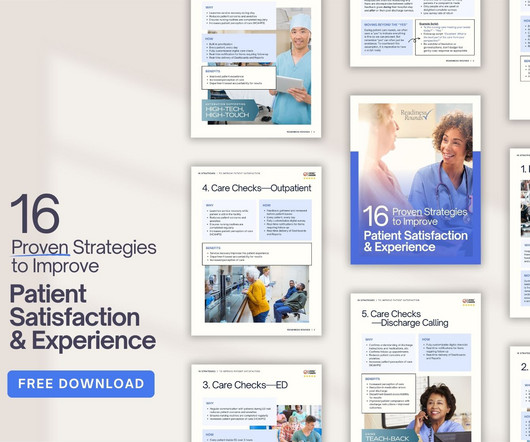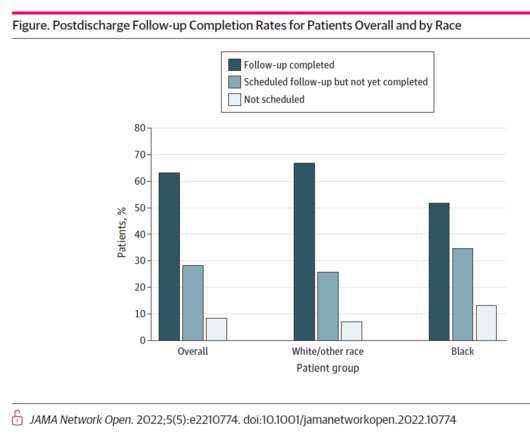Review of 16 Proven Strategies to Improve Patient Satisfaction & Experience eBook
Readiness Rounds
OCTOBER 16, 2023
The Negatives Where there is much room for improvement is in the responsiveness of hospital staff (65% average HCAHPS score), communication about medications (61%), the quietness of the hospital environment (62%), and the patient’s care transitions (51%). Plus many more strategies.














Let's personalize your content